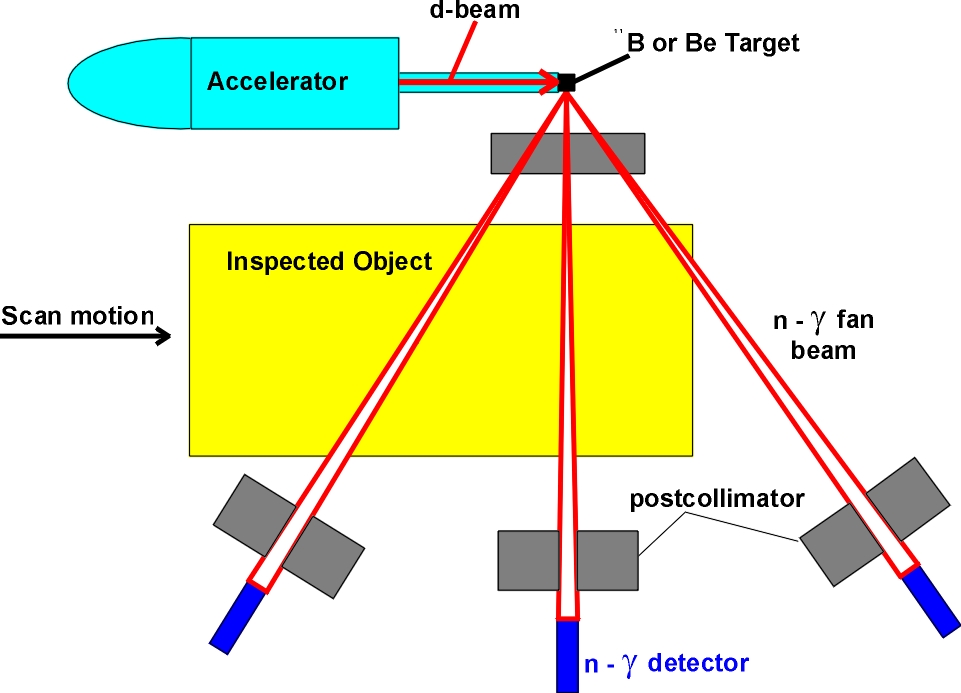Currently-employed detection techniques: Cargo security inspection at border crossings, seaports and aviation terminals is a complex issue and presents a formidable challenge. At present, the governing bodies responsible for cargo inspection at such crossings utilize several techniques: X-rays, physical search, decompression chambers and trace detection.

Fig.1 Inspection setup